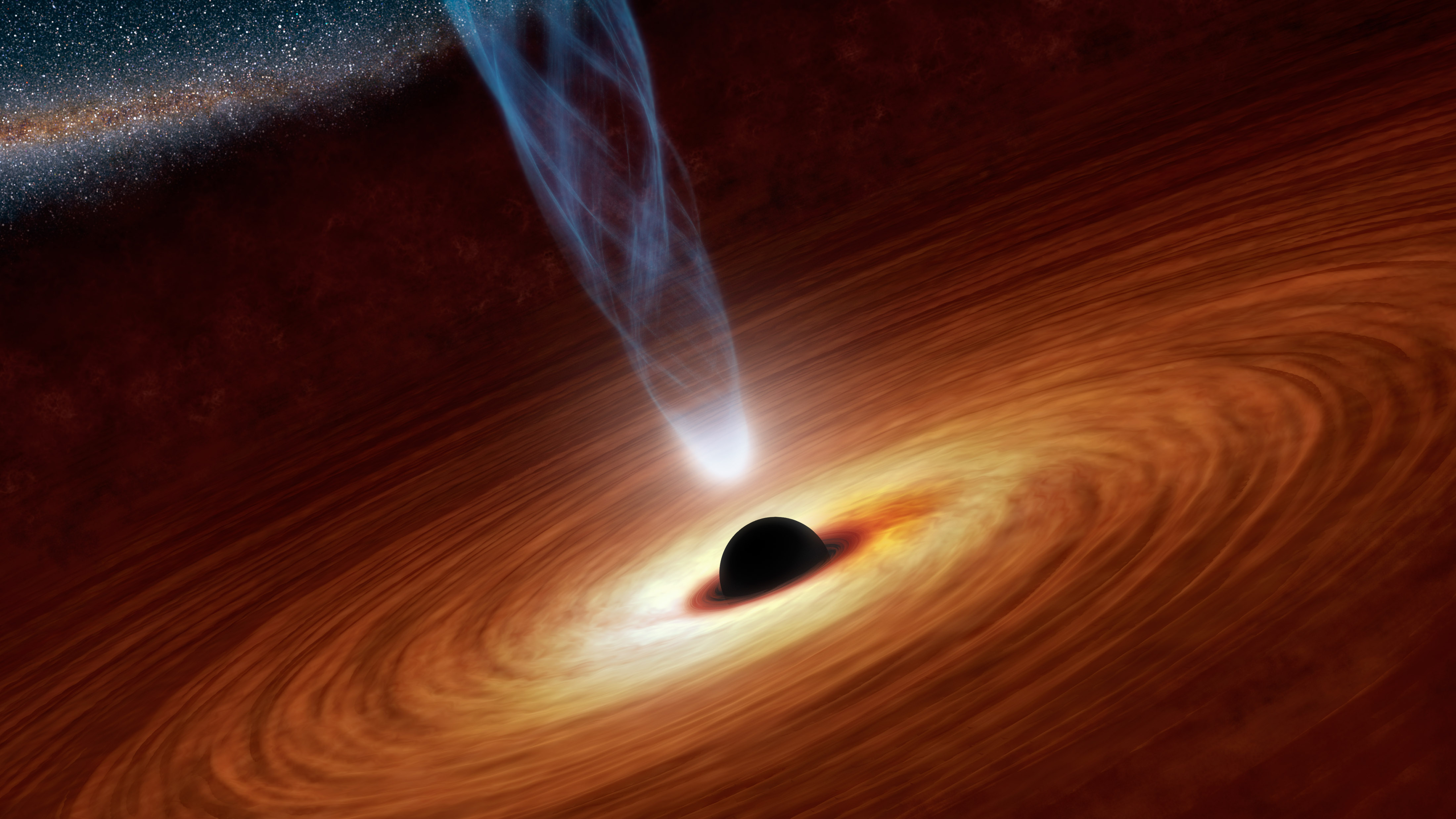A hole in Kabbalah is called “rah” (evil). The reason for that is, as content is lost due to a leakage through the hole, forces of evil get their nourishment from leakage of light. Kabbalah views the world as divided into two domains – a domain of holiness (“sitrah d’kedushah”) and a domain of evil, so-called “the other side” (sitrah acharah). A hole is viewed as a portal from the domain of holiness into the other side – the domain of evil. This is why, for example, we are commanded to attach mezuzot to the doors of our houses. Doors viewed as portals of evil, through which good energy of the house can leak into the outside – the domain of evil. The mezuzah containing the affirmation of the oneness of G‑d, plugs these holes, as it where, preventing forces of evil from entering the house and good energy of the house leaking outside to feed the other side (“hitzonim”).
Let us not forget, however, that there is no dualism in Judaism. Evil is viewed as a creation of G‑d that serves a particular purpose (providing us with the freedom of choice). Holes, therefore, serve positive roles as well, which is self-understood.
Black holes are physical embodiment of spiritual holes that Kabbalah speaks of. Like those evil holes they suck in the matter, energy and information from this universe. According to some cosmological models, black holes are wormholes – portals to parallel universes. A parallel universe is a metaphor for the kabbalistic concept of “the other side” – “sitra d’kedusha.” According to this model, matter, energy and information leak from our universe into parallel universes through black holes. While kabbalists would view black holes as a metaphor for the evil holes – and, indeed, you couldn’t find a better metaphor – they were created for a purpose too. As we have learnt yesterday, they sometimes emit gravitational waves that give us an ear into our universe.
One hundred years ago, in 1916 – this year is a centennial of General Theory of Relativity (“GR”) – Einstein predicted that accelerating mass would emit gravitational waves just as accelerating electron emits electromagnetic waves. Yesterday media exploded with the sensational news – after decades of searching, gravitational waves were finally discovered, and Einstein proved right once again!
The discovery was made on Sep. 14, 2015 — the first day of Rosh HaShanah. It was only announced yesterday after thorough analysis of the data to rule out any possible mistake.
Truth be told, nobody among physicists really doubted that Einstein was right and that gravitational waves sooner or later would be found. However, it’s great to know that they indeed have been found.

In a paper authored by more than a thousand physicists submitted yesterday to one of the most prestigious journal of physics – Phys. Rev. Letters – scientists report that they have detected the waves at the Laser Interferometer Gravitational-wave Observatory (LIGO).
These waves were emitted by the inspiral and merger of two black holes each with a mass more than 25 times more than our sun (one has 36 solar masses and the other 29). As electromagnetic waves, gravitational waves propagate at the speed of light.
Since General Theory of Relativity describes gravity as the curvature of spacetime, gravitational waves are – ripples in the very fabric of the universe. Gravitational waves are minute distortions of the geometry of the space time, periodically pulling and stretching it. Detecting these waves is very difficult as even the strongest gravitational waves from cosmic events produce relative length variations of order 10−21.
Gravitational waves can be converted into sound waves giving astronomers the ear into the universe. Listening to the cosmic chirp will allow us to hear the echos of the Big Bang and the birth of the universe. This discovery gives a new powerful tool to astrophysics and cosmology and is expected to lead to better understanding of the cosmos and its beginning.
The discovery of gravitational waves is great in its own right. But what went largely unnoticed, this is the first direct evidence of the existence of black holes! Until now, we only had circumstantial evidence of their existence. Astronomers inferred presence of black holes from other stars and gas formations orbiting around a super-heavy yet invisible star, which is presumed to be a black hole. Gravitational waves detected by LIGO are the first direct evidence of black holes – a momentous discovery.




I have noted for several years that there is, indeed, a parallel between the observations of modern cosmology and the biblical story of creation. For me, the key was the similarity (within the margin of error) of the age of the universe calculated by Nachmonides and those developed by the astronomical community. Check this website – https://en.wikipedia.org/wiki/Sefer_HaTemunah
Thank You, very interesting perspective !
Thank You